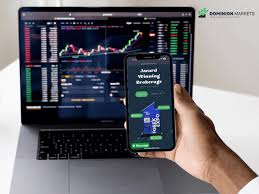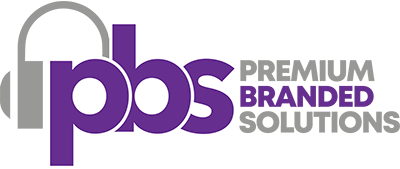
How to Open a Forex Trading Account
Forex trading presents a unique opportunity for individuals to engage in the global financial markets. Whether you’re looking to supplement your income or embark on a new career, understanding how to open a Forex account is essential. This guide walks you through the step-by-step process of creating your Forex trading account. To explore top platforms available in the Latin American market, check how to open a forex trading account Top LATAM Forex Platforms.
Understanding Forex Trading
Forex, or foreign exchange, is the process of trading one currency for another. It operates as a decentralized market, where currencies are bought and sold against each other, typically in pairs. For instance, when trading EUR/USD, you’re buying euros while simultaneously selling U.S. dollars. The Forex market is open 24 hours a day, five days a week, providing numerous opportunities for traders around the world.
Choosing a Forex Broker
The first step in opening a Forex account is selecting a reliable broker. A Forex broker acts as an intermediary between you and the Forex market, and it’s crucial to choose one that fits your needs. Consider the following when choosing a broker:
- Regulation: Ensure the broker is regulated by financial authorities in your country. This provides a level of security for your funds.
- Trading Platform: Look for a user-friendly trading platform with necessary features such as charting tools, technical indicators, and automated trading options.
- Account Types: Some brokers offer multiple account types with varying spreads, commissions, and leverage. Choose one that fits your trading style.
- Customer Service: Efficient customer support is essential, especially for beginners who might need assistance.
- Fees and Spreads: Understand the costs involved in trading, including spreads, commissions, and withdrawal fees.
Opening Your Forex Account
Once you’ve chosen a Forex broker that meets your requirements, the next step is to open your account. This process typically includes the following steps:

1. Registration
Visit the broker’s website and find the account registration section. You will need to provide personal information such as your name, email address, and phone number. After submitting your details, the broker will send a verification email.
2. Identity Verification
To comply with financial regulations, brokers usually require identity verification. This often includes submitting documents like a government-issued ID, proof of address (like utility bills), and sometimes additional income verification. Ensure that the documents are clear and submitted as per the broker’s guidelines.
3. Account Funding
Once your account is verified, you will need to fund it to start trading. Brokers offer various deposit options, including credit/debit cards, bank transfers, and sometimes e-wallets. Be aware of any deposit fees and the minimum deposit requirements for your account type. Take note that some brokers also offer demo accounts that allow you to practice trading without risking real money.
4. Choosing a Trading Account Type
Most brokers offer different types of trading accounts, catering to various levels of experience. Some common types include:
- Standard account: Suitable for beginner and intermediate traders with standard leverage and spread.
- Mini account: Allows trading in smaller lot sizes, suitable for those who want to risk less capital.
- VIP or Pro account: Designed for professional traders with lower spreads and higher leverage potential.
- Islamic account: Special accounts that comply with Sharia law, suitable for Muslim traders.

5. Trading Platform Setup
After funding your account, log in to the trading platform provided by your broker. Spend some time familiarizing yourself with its interface. Most platforms come with features such as real-time price quotes, charting tools, news feeds, and technical analysis tools. It is beneficial to practice with a demo account before trading real money.
Understanding Forex Trading Strategies
Once your account is set up, it’s essential to develop a trading strategy. Successful Forex trading is not just about buying and selling currencies; it also involves managing risks and making informed decisions based on market analysis. Common strategies include:
- Day Trading: Involves entering and exiting trades within the same trading day.
- Swing Trading: This strategy focuses on capturing short- to medium-term price movements over a few days or weeks.
- Scalping: A strategy that requires quick trades to profit from small price changes throughout the day.
- Position Trading: This long-term strategy involves holding positions for several weeks or months, focusing on fundamental analysis.
Risk Management in Forex Trading
Forex trading carries inherent risks, and managing these risks is crucial for your success. Here are some essential risk management techniques:
- Use Stop Loss Orders: A stop-loss order will automatically close your position at a predetermined price to limit losses.
- Set Risk Percentage: Determine what percentage of your trading capital you are willing to risk on a single trade, and stick to it.
- Diversify Your Trades: Avoid putting all your capital into one trade or currency pair. Diversifying can help mitigate risks.
Conclusion
Opening a Forex trading account is a straightforward process, but success in Forex trading requires education, practice, and a solid understanding of strategies and risk management. Take your time to research and choose the right broker and trading approach, and remember to leverage demo accounts to refine your trading skills before diving into the real market. Happy trading!
